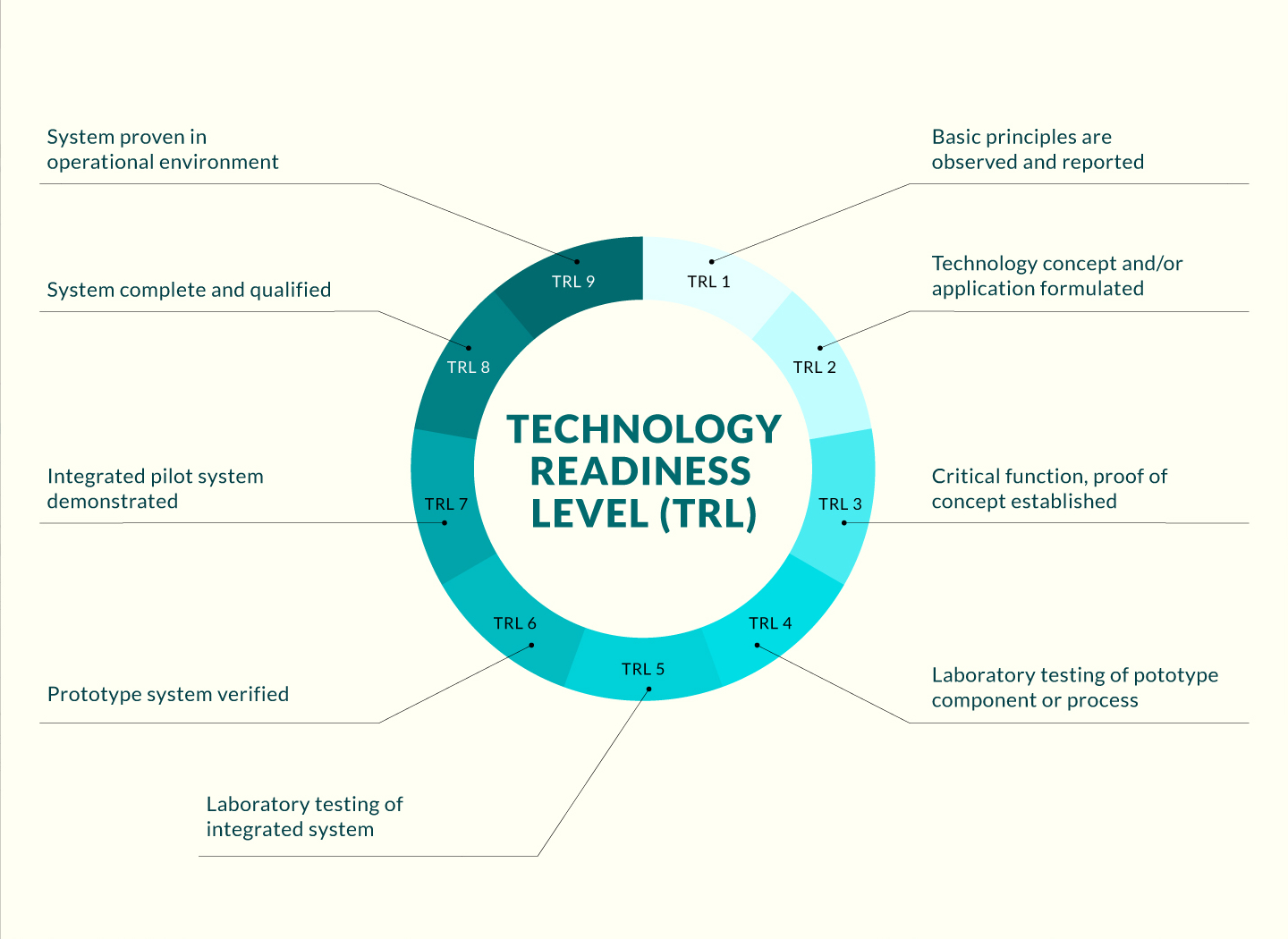
Opportunity
Recovering lost, corrupted or incomplete data is a common task in computer applications, such as image inpainting, recommendation systems, traffic sensing, system identification and multi-label image classification. As data are conventionally stored in the form of a matrix, data recovery is equivalent to inferring unknown or inauthentic values in a matrix from the known, correct values. Traditional linear methods of matrix completion, of which there are many, are inefficient and limited in their ability to consider the entire space of feasible solutions. The superiority of non-linear models has been demonstrated in areas such as emotion recognition and image inpainting. Research into more sophisticated non-linear methods is therefore required to support data recovery in a range of industries, sciences and business scenarios.
Technology
The invention is a method of data recovery using a bi-branch neural network (BiBNN) machine-learning algorithm and a device programmed to implement the algorithm. The BiBNN is effectively trained on the correct entries in an input matrix, enabling it to predict the probable values of entries that are missing or corrupted and thus output a complete matrix. For example, in image inpainting, the BiBNN can predict the colours of missing pixels to complete an image. Alternatively, if the task is recommendation, the known matrix values are users’ previous ratings of specific products, while the unknown values to be predicted are their likely ratings of products that could be recommended to them. The method uses matrix factorisation to reduce computational complexity and accomplish matrix completion within a feasible timeframe. Although based on linear methods, the method is extended to the nonlinear regime. Compared with existing methods, it is much more accurate and interpretable.
Advantages
- Interpretable matrix-completion results
- Guaranteed to find locally optimal solution
- Overcomes limitations of linear matrix-completion methods
- Applicable to a wide range of tasks and data types
- Rapid computation
Applications
- Image inpainting, such as in earth and planetary science
- Recommendation systems, such as in online shopping
- Traffic sensing, such as in transportation engineering
- Multi-label image classification, such as in computer science



